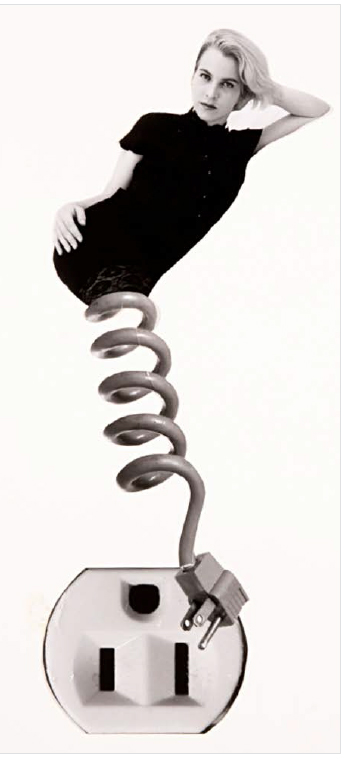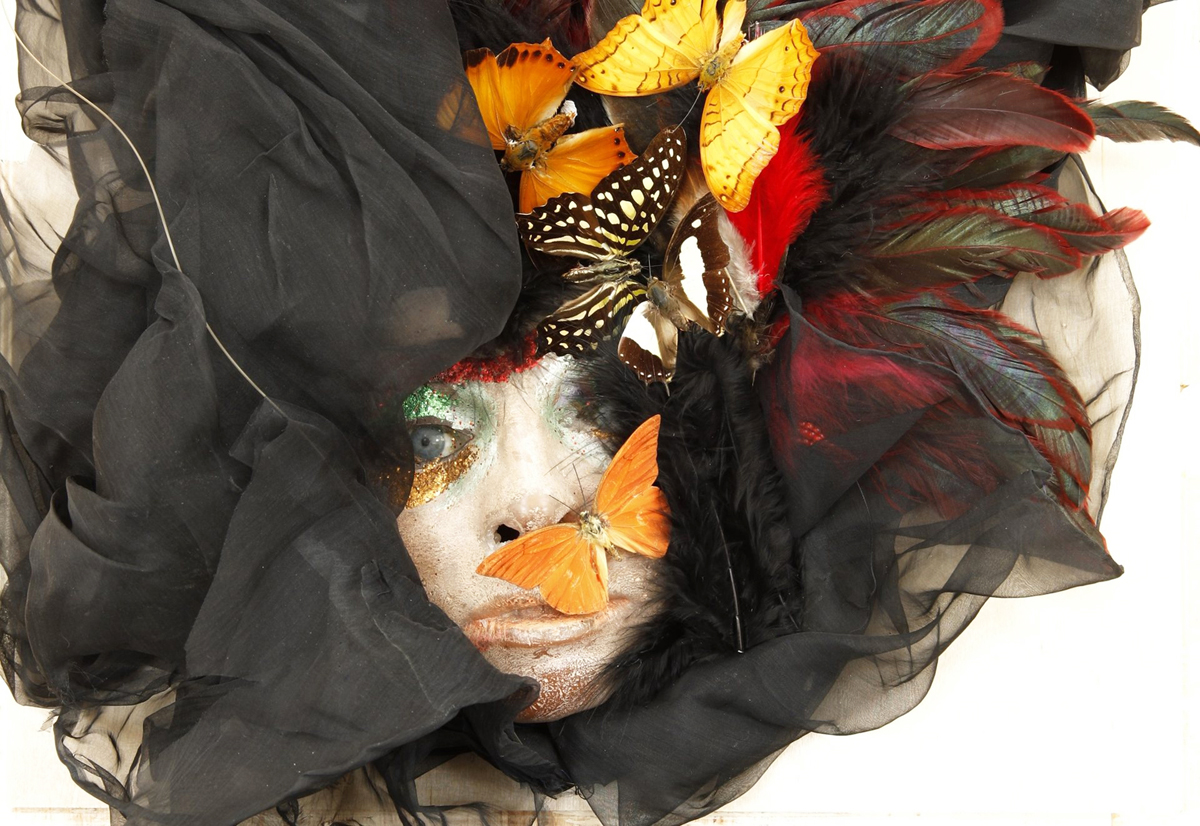Collage: the Ultimate Remix - Page 2
 |
 |
 |
|
|
Artist Eugenia Loli speaks for many when she describes collage as "the ultimate remix." Loli, who lives in the Central Valley town of Tracy, is part of a younger generation creating what she calls 'pop collages.'
Academic thinkers too appreciate the role of collage in reflecting the incessant streaming of information and the strange dislocations that have affected mankind of late.
"If one of the purposes of art is to serve as an expression of its age, then collage is unquestionably the single most important medium to be developed in the 20th century," Elisabeth Hodermarsky wrote in a 2002 Yale exhibition catalog, The Synthetic Century: Collage from Cubism to Postmodernism.
If all of this sounds rather heavy for such an apparently lighthearted technique as cut-and-paste, consider this: Really nice examples of collage art can often be purchased, either in local galleries or online, for very little cost.
Collages can be fun. In fact, to many artists that fun is a prime attraction. It is "typically a less sober art form. There is a strong element of freedom in collage, a tendency to experiment more, to pun," Hodermarsky writes.
The New York abstract expressionist Robert Motherwell, best known for his ominous canvases that were tributes to the blood-soaked destruction of the Spanish Republic, enjoyed working in collage for that reason. "I do feel more playful with collage, less austere," he said. It's not surprising that collage appeals to children.
It's notable that, from its early years, fine art collage took on varied forms, including photomontages using photos. Collage was used in sculpture, and even as architecture.
The pioneering collagist Kurt Schwitters, starting in 1923, used blocks of wood, papers, and other found objects to turn the interior of his Berlin home into what one historian called "a total vision of the world."
Although most of Schwitters' collages are gorgeous little abstract creations that hang on the wall, his 'Merzbau,' as he called the house, suggests that collagists, not just scholars, had high ambitions for collage, seeing it as something that could remake the world.
In later years other artists continued to use collage in three dimensions. In the mid-century, this was often called 'assemblage' and proved popular with Beat-era artists in San Francisco and Los Angeles.




